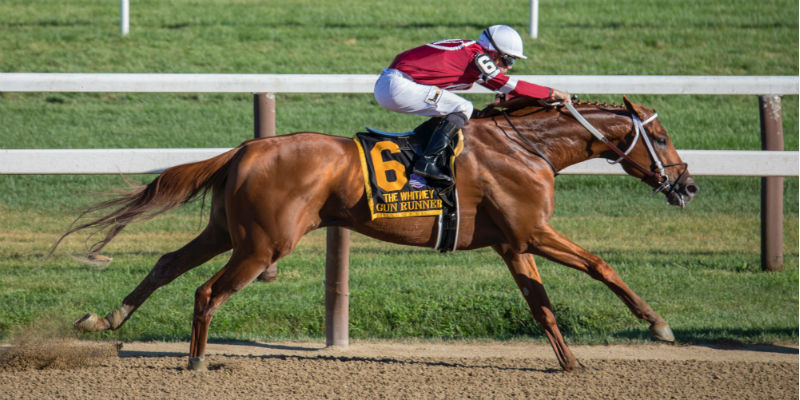Your Colorado Horse
Taking a closer look at your horse’s physical structure is essential. This says a lot about your Colorado horse. Before reading this article, check out the article “What Your Colorado Horse Is Made For” for more information on this topic. If you have any questions about this article or are looking for horse property for sale in Colorado, contact one of the knowledgeable horse-person realtors at Colorado Horse Property.
Also, your horse’s legs are critical to examine. A horse with calf knees has front legs that bend backward. This can cause excess strain on the bones, ligaments, tendons, and joints, a problem found in some racehorses. Examining a horse’s legs can tell you where the force of your horse’s body weight is going. This can help you determine problems that your horse might have in the future, as we’ve seen with the calf knee example above. If your horse’s hind legs bow inward, this indicates additional stress on the hocks. This is commonly known as cow hocked. This could also mean that your horse will have problems with osteoarthritis or bone spavin.
Horse community professionals also evaluate horses by their physical structure. However, specific kinds of horses have physical structures that make them more suited to particular functions. Warmblood horses are great for show jumping. Thoroughbreds are good for speed. For more information on these breeds and more, read Five Popular Horse Breeds and Five More Popular Horse Breeds. Animals with the right build for their jobs are usually easier to train and less likely to develop performance-related injuries. Always do your research. Match your horse’s breed to what your Colorado horse is built to do.
Photo by Keith Luke on Unsplash


One thought on “What Your Colorado Horse Is Built For”